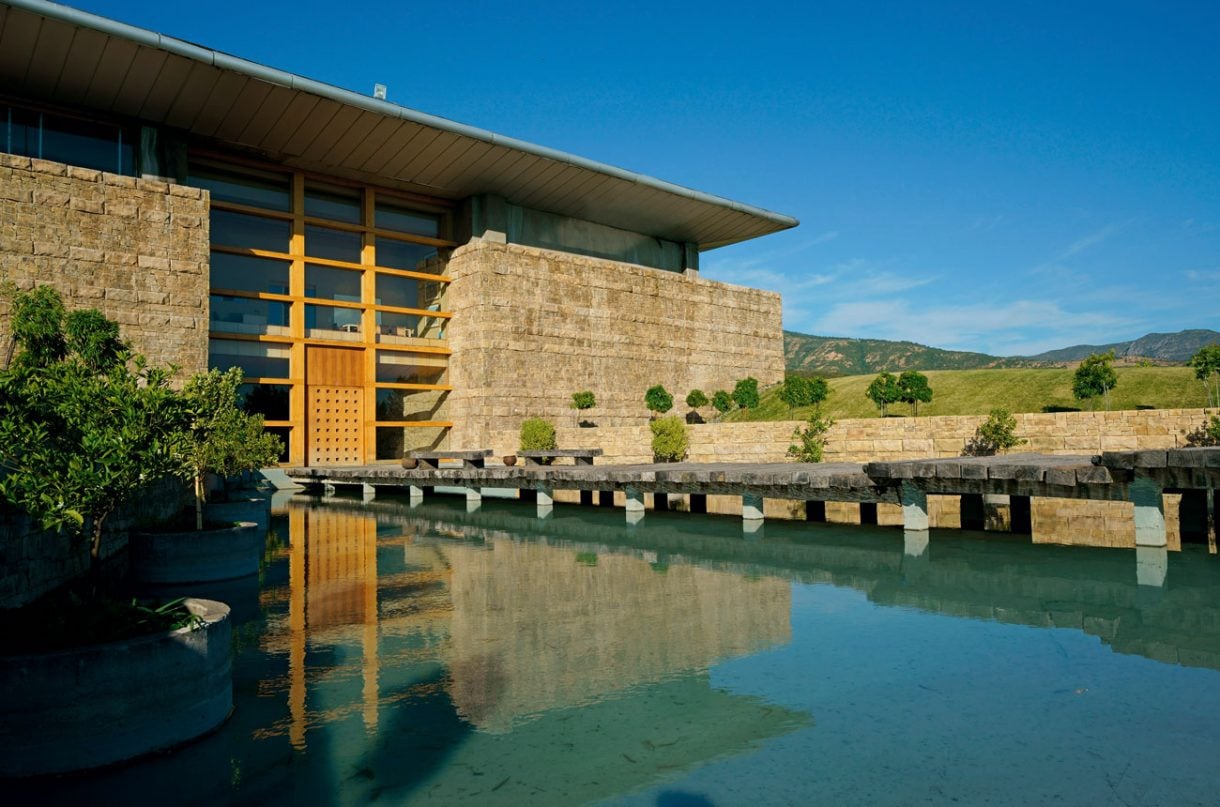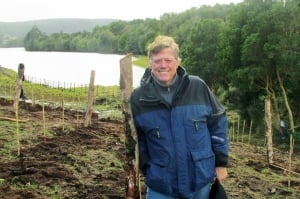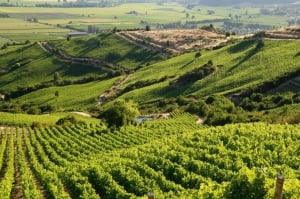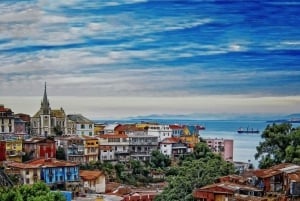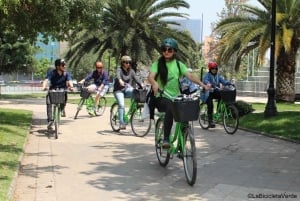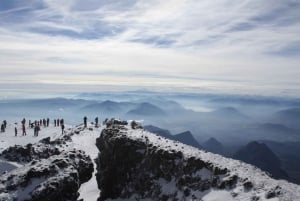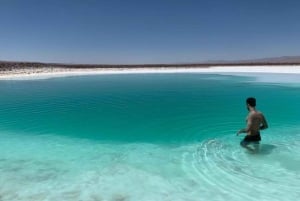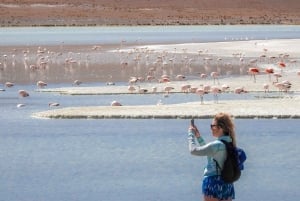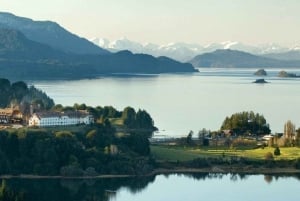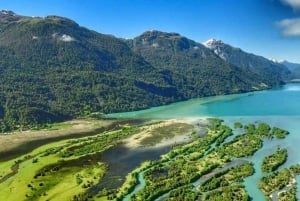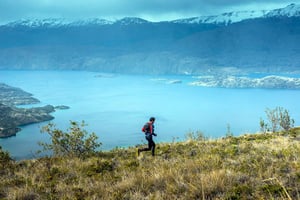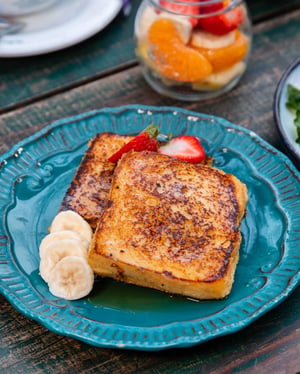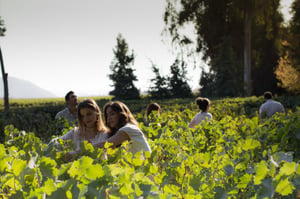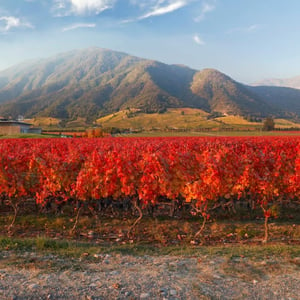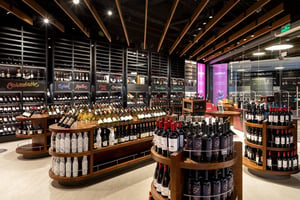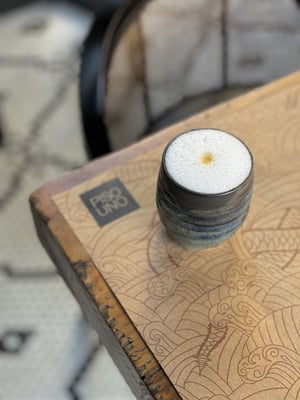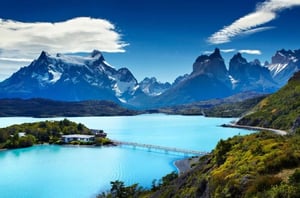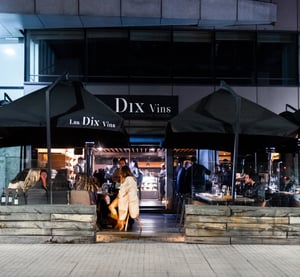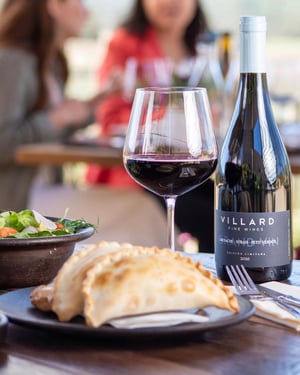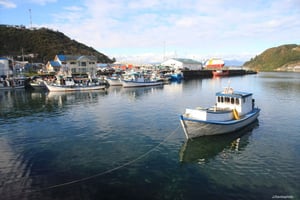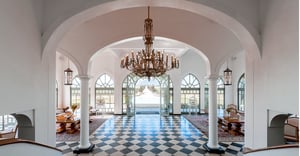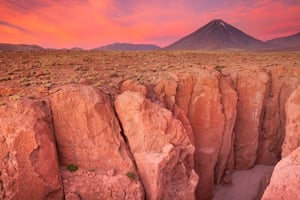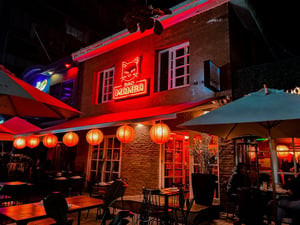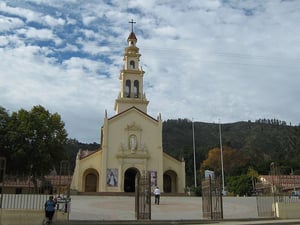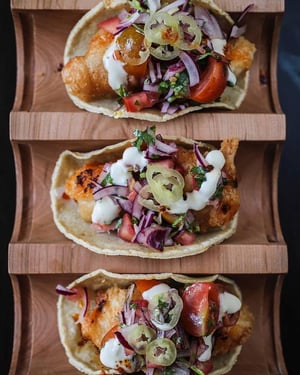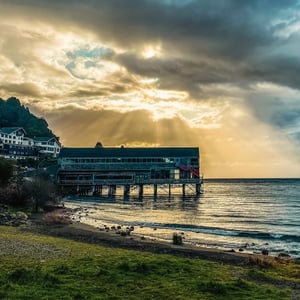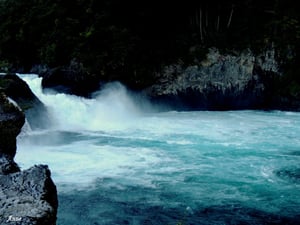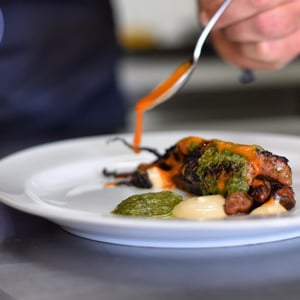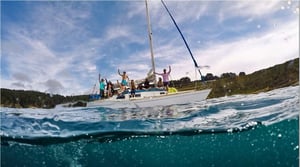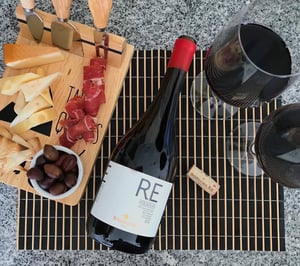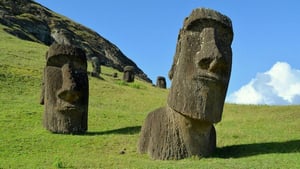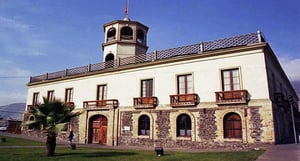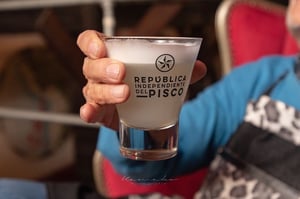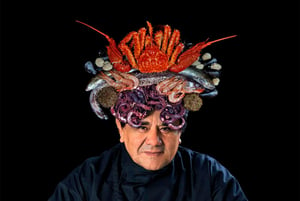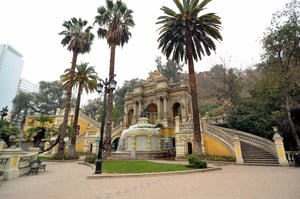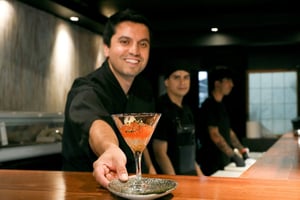Magnificent Montes: Pioneers of premium Chilean Wine
Book Top Experiences and Tours in Chile:
If youʻre booking your trip to Chile last minute, we have you covered. Below are some of the top tours and experiences!- From Santiago: Highlights of Valparaiso and Viña del Mar
- Santiago: Markets Bike Tour
- Pucón: Villarrica Volcano Climb
- Santiago: 2-Day Hop-On Hop-Off Bus Ticket and Cable Car
- San Pedro Atacama: Baltinache Lagoons
Back in the late 1980s, Aurelio Montes and Douglas Murray, two leading lights in Chileâs wine industry, decided to make real their long hoped-for dream of producing fine wines in Chile. The state of countryâs wine industry was worlds away from todayâs. Outdated practices and attitudes were the norm, making indifferent wines the result. Aurelio and Douglas, as founding partners of Montes Wines, wanted to break the mould; to innovate and produce the wines they knew could be made in Chileâs heaven-sent climate and soils.
Aurelio has always been recognised as an oenologist of great skill who combines outstanding winemaking with a canny commercial instinct. He was one of the first winemakers in Chile to travel and sell his own wines internationally. When Montes began it was in answer to a specific need: the wines Chile was producing were not, on the whole, of a good enough quality for global demand. Consumers were in search for high quality wines, a need Montes identified and responded to.
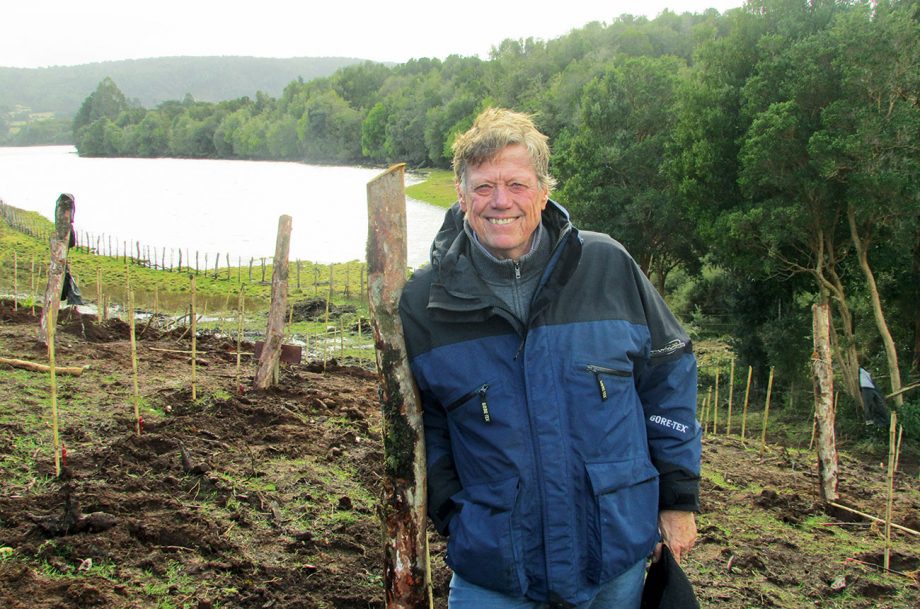 Aurelio Montes in Chiloe
Aurelio Montes in Chiloe
Pioneering winemaking has always been the Montes Wines hallmark. Montes was the first to plant vineyards on the 45° hillside slopes of Apalta, an innovative idea that came with great financial risk.
âI got to know the area of Apalta in the Colchagua Valley when I was 21,â Aurelio says, âIt was love at first sight. There were no vineyards then, just a boulder-strewn hillside. But I knew it was a hidden viticultural gem. My partners and I bought the land in 1990, cleared it at great cost, and planted vines on those steep slopes. That is where our icon wines, Montes Alpha M, Purple Angel, and Montes Folly were born. Everyone told us we were crazy, that it was much more manageable to plant on the flat valley floor. However, in a few years we managed to produce nearly 600,000 bottles of high-quality wine. There are certain aspects of planting on hillsides that can be managed better, such as the amount of irrigation and nutrition for the vines, which allows more control over grape quality and quantityâ.
Later on came another challenge to conventional viticulture. Montes decided to plant a vineyard close to the cool Chilean coast. The chosen location was Zapallar, better known for its upmarket holiday resort, at the western end of the Aconcagua Valley and just seven kilometres from the Pacific Ocean. A coastal location for a vineyard had never been seriously considered before, but its demanding climatic conditions have yielded the Outer Limits range of concentrated, characterful wines.
âI like to think these are wines for daring and adventurous people. For explorers who want to try new flavours, aromas, sensations and experiences. By drinking these wines, we want you to be swept up by a sense of exploration,â comments Aurelio.
 The Apalta vineyards
The Apalta vineyards
Concerned about sustainability and the environment, Montes Wines adopted its Dry Farming management system in 2009. Under this methodology, only the bare minimum quantity of artificial irrigation is applied to the vines, saving precious water and enhancing berry concentration and varietal character.
Montes Winesâ latest âcrazyâ idea began in 2017 when the winery decided to plant vines in the Chiloé archipelago, 1,200 kilometres south of Santiago. A place rich in folklore and legend, at a latitude of 42.5° itâs one of the southernmost locations attempted for a vineyard in Chile.
Thorough studies of temperature, precipitation, and soils, carried out in collaboration with the University of Chile and the University of Talca have established that, because of climate change, the small island of Mechuque could be a suitable spot for growing cool-climate varietals. So Montes has begun trialling Sauvignon Blanc, Riesling, Chardonnay, Pinot Gris, Gewürztraminer, and Pinot Noir on the remote island. It is hoped that the first wines from this distant and magical place in the south of Chile will be produced in 2022.


